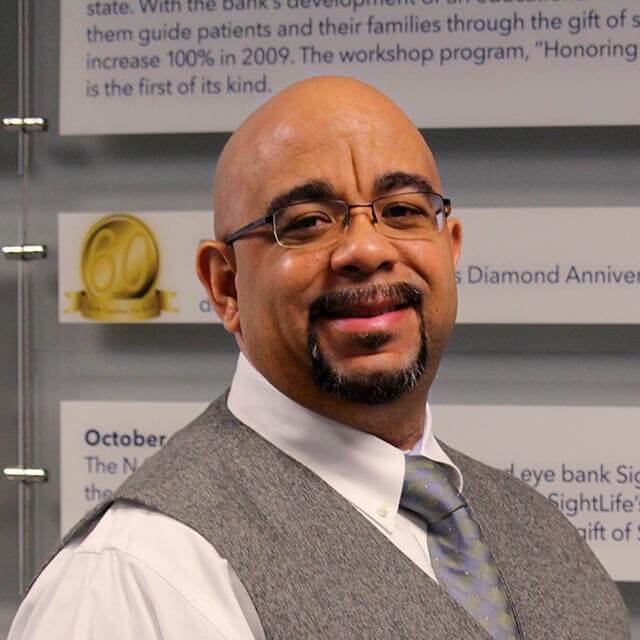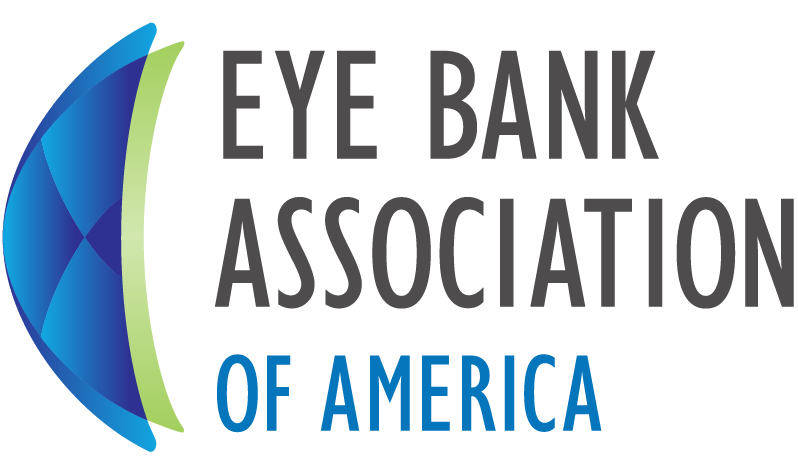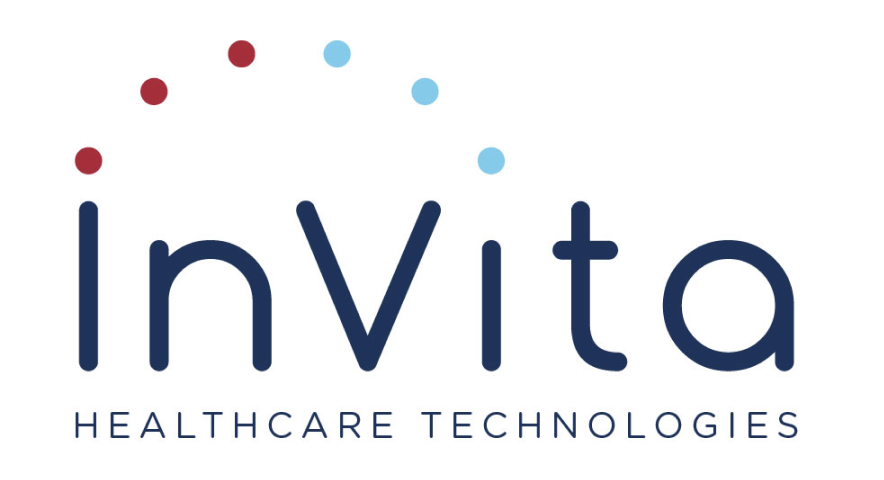Mike Tramber, MBA, CEBT, CTBS
Vice President of Operations
Miracles in Sight

Being mixed race and raised by a northern White mother and southern Black father in a

predominantly Black neighborhood gave me insight into many differing cultural perspectives, one being trust in the medical field. I have memories of my parents disagreeing on when to take me or my brothers to the doctor. Specifically, my father, who was from Alabama, being against the medical system, often citing the Tuskegee experiment and racism in America as reasons he himself did not go to the doctor. I don’t remember how versed my mother was on that subject, but I remember that she had a much different opinion and was very trusting of the medical community. I also remember hiding so I could listen to the “adult” conversations on race and differing opinions on the same topic. As a child, I did not fully understand but it laid the foundation for many thoughts, ideas and future conversations.
Entering high school, I had conversations with both sides of my family about my idea of becoming a doctor. Both sides were very supportive but for very different reasons. My mother’s side of the family thought it was a noble profession; however, my father’s side was conflicted. Some warned me against going into such a corrupt profession; while others said that we needed more Black doctors that would change the system.
I remember being confused and not understanding the negativity and resentment that the Black side of my family portrayed. I remember not believing the accusations because it wasn’t taught in school. I remember not understanding how these cruelties could be afflicted on people by the medical community. None of this made sense but I also knew, inside, that an entire community could not be wrong.
This foundation, the questions, the uncertainty, and simple curiosity have fueled my desire to learn the truth about these injustices. It has been astonishing to find that these “stories” were true, that these brutalities occurred in modern times, and that they’ve been deleted from the mainstream curriculum. While the modern history dates to 1835 with the “body snatchers” at the Medical College of Georgia, there are much more recent examples of exploitation of the Black community by the medical system.
The Tuskegee Experiment was a 40-year study conducted by the US Public Health Service that left hundreds of Black men with syphilis untreated to see how the disease affected them. These men were told they had “bad blood”, not syphilis, were not informed about or asked to participate in the study, and the cure was withheld, which allowed many to go blind, experience mental breaks, and death. This study ended in 1972.
The Cincinnati Radiation Experiments was an 11-year study that ended in 1971. The goal was to understand the effects of radiation on the human body by subjecting the test subjects to total or partial irradiation. The irradiated patients suffered unnecessary pain, damaged cognitive function, and death. The participants were cancer patients within the hospital there to receive cancer treatment, but instead were unknowingly forced to be test subjects. The patients were primarily Black and from lower socioeconomic backgrounds. These experiments were performed at the Cincinnati General Hospital and funded by the Department of Defense.
The aim of the New York and Psychiatric Experiments performed from 1993 to 1996 was to find if a correlation existed between biological markers and antisocial behaviors. These studies targeted Black and Hispanic boys as the test subjects, withheld necessary medicines and injected them with a potentially dangerous drug without hope of medical benefit. Patients were the younger brothers of juvenile delinquents, found by scouring court records. While consent was obtained from the boys’ mothers, the amount of information provided during the consent process was lacking and the selection of all boys of color calls the overall nature of the study into question.
In addition to the atrocious and unethical experimentation that Blacks have been forced to undergo, there are several studies that suggest higher morbidity and mortality rates in the Black community relative to other communities. Why? Negative beliefs and myths associated with Black people are suspected. According to one article from 2016, common misconceptions are that Black people have thicker skin, their nerves are less sensitive, and they are looking for drugs which influence pain management. Serena Williams spoke openly about her pregnancy complications. Some research suggests that these pregnancy related complications are often preventable, yet Black women are three to four times more likely to die than White women.
Why does the Black community mistrust the medical establishment? The simple answer is HISTORY! A centuries-long history of unbelievable atrocities against Black people that are alive and well within Black homes, but mainly forgotten by America- unfathomable acts which treated Black people as lab rats that were sponsored by the government, the lack of acknowledgement and the continued bias in the treatment of Black people in medical care.
There are many facets to this issue but I believe the first step to moving in a positive direction is the recognition of the past. America cannot and should not run from or delete this history. It must be faced head-on with open discussion about moving the medical establishment forward in a constructive manner with more understanding and representation. This applies to eye donation and the donation community at large, as well. Given this history, it’s easy to see why Black individuals are hesitant to register as donors – they’re fearful of how that might impact the medical care they do receive. This is a hurdle we must work to overcome as eye bankers; and the first step to doing that is by understanding this history.
“Who controls the past, controls the future.” George Orwell
“The distinction between the past, present and future is only a stubbornly persistent illusion.” Albert Einstein


